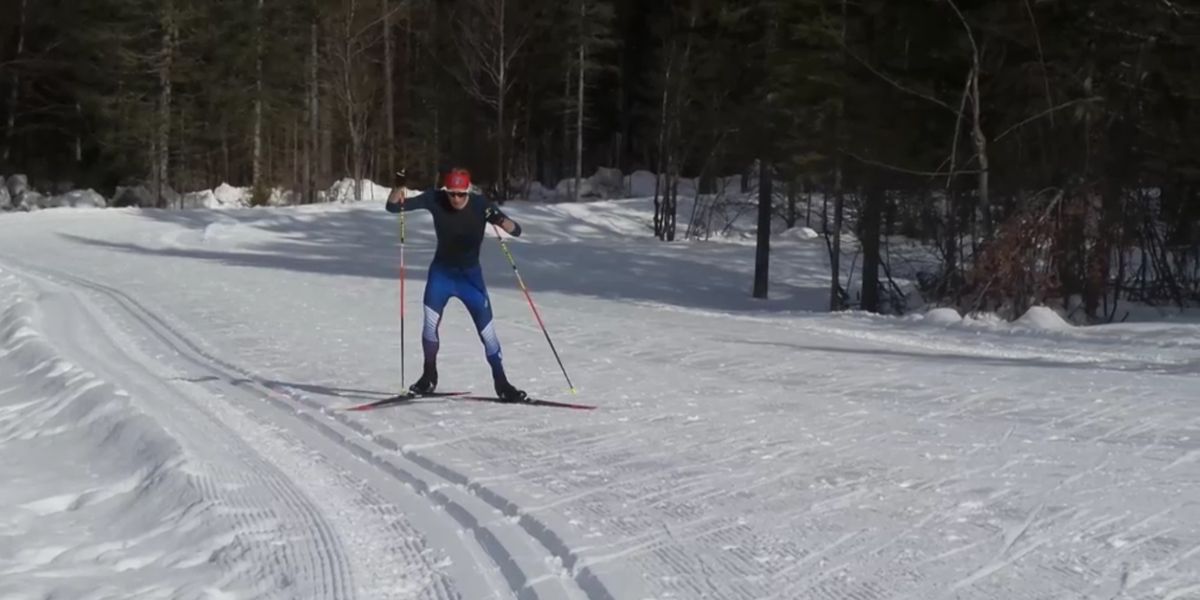Looking to hit the slopes this winter for the very first time? The world of shredding pow is a fun place, but you need to make sure you go about your first outing the right way so that it is one that is defined by an ever increasing level of stoke, and not one that is marked by shattered dreams.
Here’s what you need to keep in mind before heading out…
Gear up the right way
Excited about the winter that lies ahead, you may be tempted to rush out and buy all your gear based on how cool it looks.
However, it’s vital that you choose your gear based upon your body size and skill level. Skis should never be taller than your nose when stood up vertically, ski poles should allow your forearm and your upper arm to form a 90 degree angle, and helmets are a must.
Spring for some proper ski pants as well, as cotton and denim pants soak up snow, leaving you at risk of hypothermia should you end up injuring yourself on the hill.
Head out on a powder day or on a spring afternoon for your first time
The snow pack that you ski or board on could be as fluffy as a cloud, or be as unforgiving as concrete. It all depends on conditions at the time you go out.
 Ideally, try to hit your local hill on a powder day, or in the immediate aftermath of one, as the unsettled snow has a lot of give to it when you will inevitably fall.
Ideally, try to hit your local hill on a powder day, or in the immediate aftermath of one, as the unsettled snow has a lot of give to it when you will inevitably fall.
If it hasn’t snowed in some time, and especially if melt-freeze cycles have occurred recently, the snow will get packed down harder, and ice can form on its surface.
In this case, it might be worth it to wait until later in the season, when afternoon temperatures venture above the melting point. This will soften up the uppermost layers of the pack, making it much easier to learn on without bruising your backside.
Swallow your pride and take lessons
You might think you’ll be able to figure stuff out by yourself, or have your friends guide you, but you’ll inevitably hit a wall, or push yourself too hard to keep up with your buddies, thereby putting yourself in a dangerous situation.
Take lessons and pay attention, as skilled instructors will equip you with the basic skills that will you enable you to get down green runs in style, and blue runs without hurting yourself.
It’s dangerous to go alone … take a buddy with you
Go to your mountain with (an) awesome friend(s) that will understand that you are learning, and thus, will stick with you as you get progressively better. This way, they’ll be able to keep you safe, and should something happen, you’ll be in good hands.
